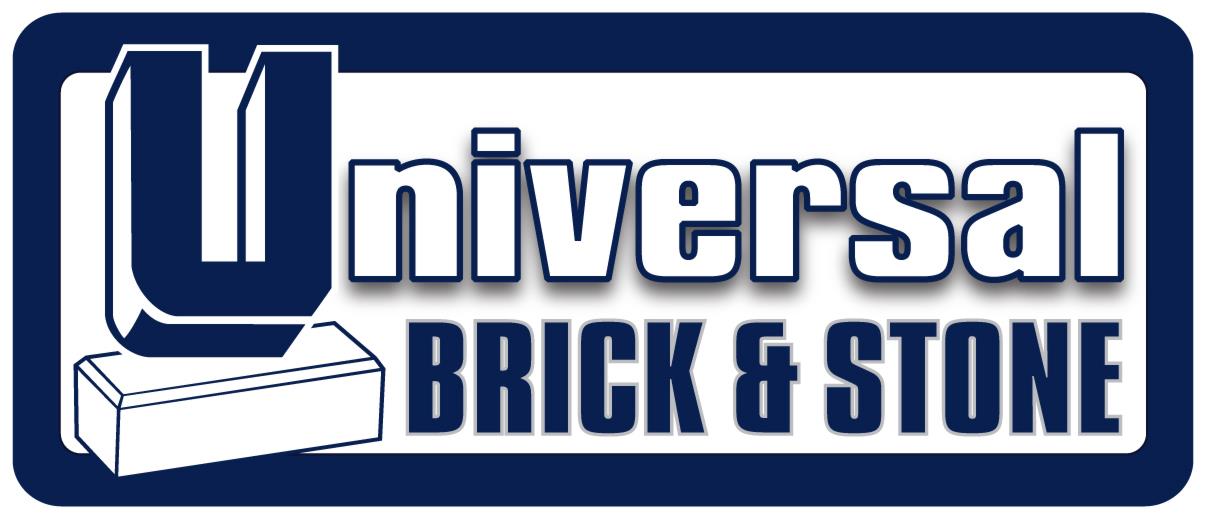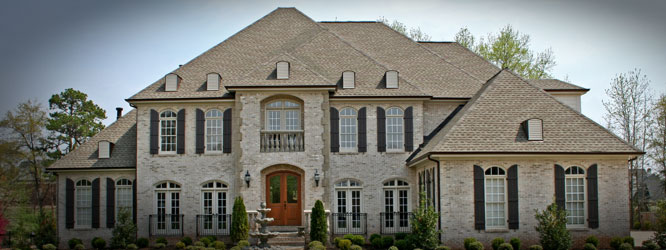Face brick
Face Brick-Timeless Elegance
Face brick has long been a popular choice among architects and building designers because it blends easily with existing homes and buildings while offering endless sculptural capabilities as well as intricate detailing.
Face brick
FACE BRICK GUIDE
Brick Sizes
Most face brick have holes to help the units fire properly, promote bonding with mortar, reduce overall weight, and make them easier to handle. Solid brick are used where holes may be unsightly, for example, in steps or window sills. Universal Brick & Stone manufactures brick in the following sizes:

There are 7 modular brick per square foot and 5.8 oversize and queen brick per square foot.
Texture
The surface texture of brick is very important to its overall appearance. Identically colored brick can look dramatically different simply by adding texture. There are a variety of textures available including wirecut and torn face (rough texture). Texture can also be created by applying coatings, machine made impressions, or other mechanical treatments.
The distressed and uneven textures frequently seen in handmade and wood mold brick can be simulated at a less expensive price by mechanical treatments. Mechanically treated extruded brick sometimes known as "tumbled brick" may have superior structural properties when compared to handmade and wood mold brick.
Tumbled and Rumbled Brick
Tumbled Brick are brick that are tumbled down a ramp prior to the firing process that gives the brick a “no-two-are-the-same” handmade look with the properties and color selection of today. Rumbled Brick are brick that are tumbled down a ramp after the firing process that gives the brick a weathered old world look with the properties and color selection of today.
Color
The color of brick is determined by the raw materials it contains and the method used to fire it. Additives blended into the clay mixture can create color completely through the brick body. Sand coatings, ceramic slurries and other additives can be applied to the face of the brick to create different surface colors. Changing the firing temperature will also produce different shades of color from the same raw materials. Flashing is one method of firing brick which burns some of the brick darker. These flashed brick add color range and highlights to many styles of brick.
Mortar
Mortar represents approximately 20 percent of the total surface of a wall, so picking the right mortar color is very important to the overall look of your home. Different mortar types and specifications are required for various applications and climates. The most common is called type S and is naturally gray in color. Mortar can be tinted to blend or to contrast with the brick color. It is important to keep mortar mixing and tooling practices uniform, especially when using colored mortar. A slight variation in mortar color can have a dramatic effect on the appearance of a finished wall. Universal Brick & Stone stocks a variety of colored mortars for you to choose from. Your salesperson can discuss the mortar colors that look best with your brick color. Also, sand color will affect the finished look of your mortar color. Lighter color sands are generally recommended for lighter colored mortars. The mortar joint is also an important factor in the appearance and functionality of the wall. "Tooling" the joints help seal the wall surface against moisture penetration. The concave, vee, and grapevine joints are best for exterior construction. These joint types compress the mortar at the surface and are the most weatherproof. Other joints are acceptable for interior use.
Matching
Mother Nature did not make soil and clay consistently one color. When manufacturers mine raw materials, the clay and shale composition will change slightly as the mining location shifts. This subtle change creates a color variation each time the clay is fired and helps give brick its warmth and character. So, every run of brick (any color) varies somewhat from the last run and can vary dramatically over a period of years. Plus, brick will weather in the wall and as a result it is impossible to accomplish a perfect match when adding on to an existing building, but we can generally get close.

